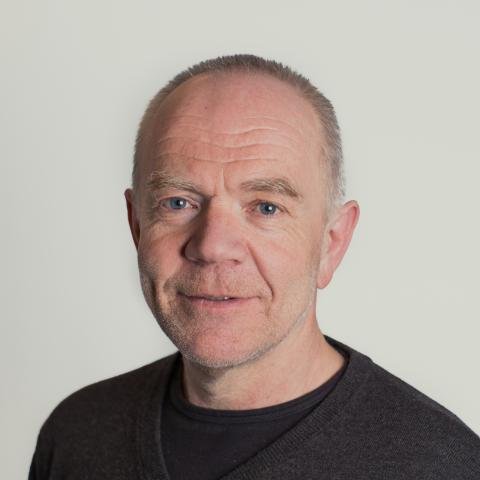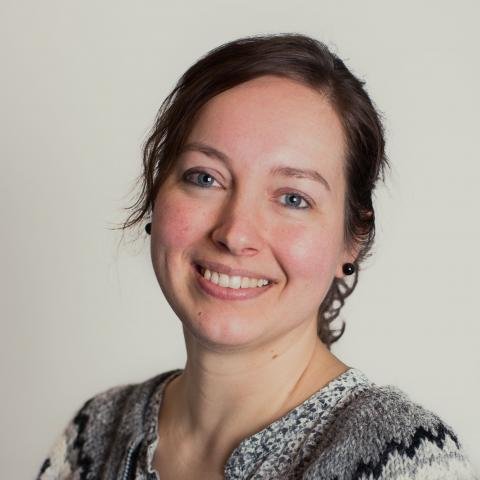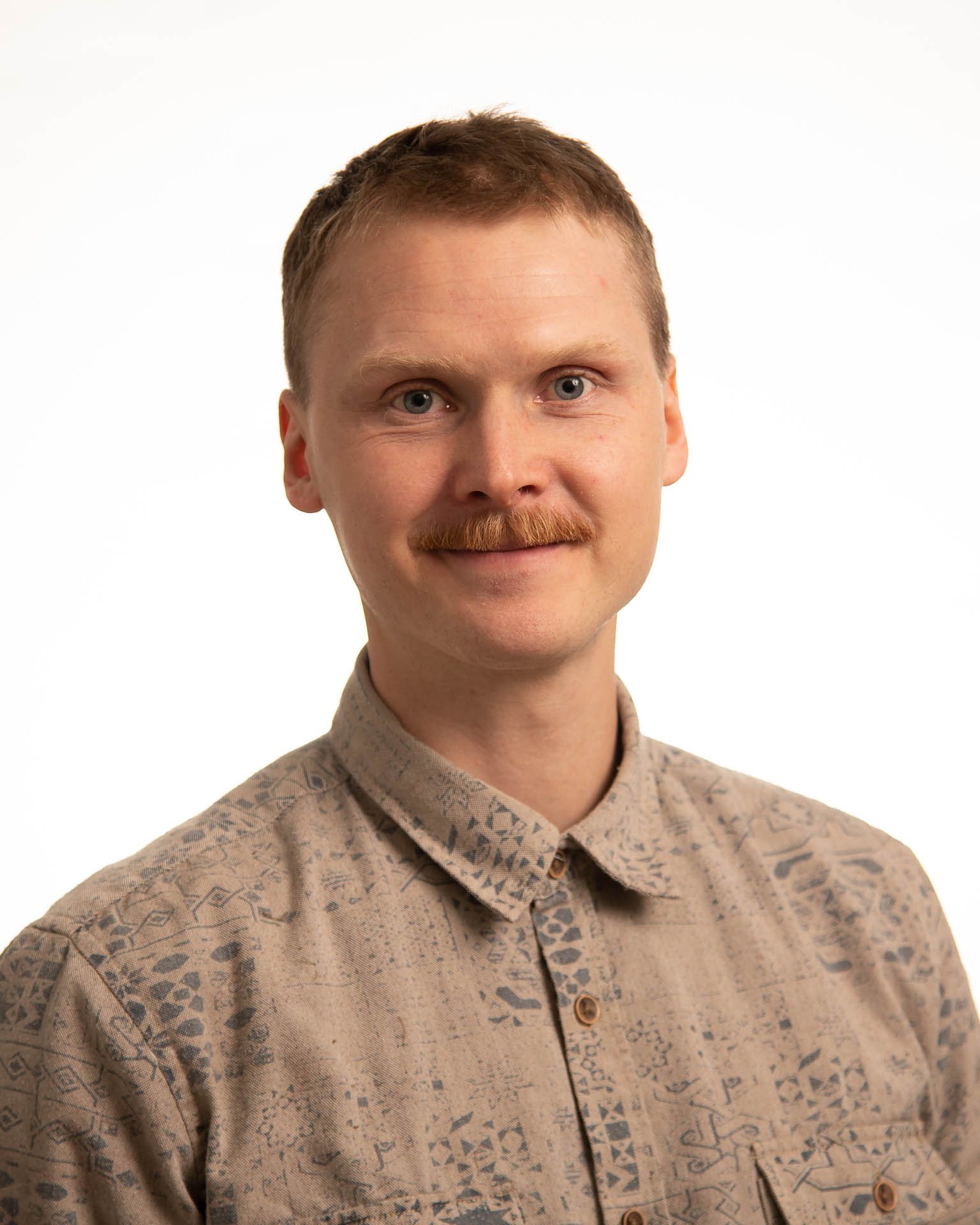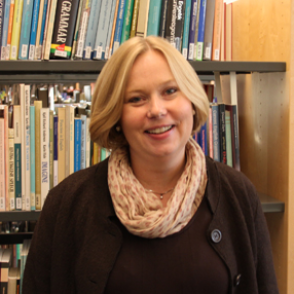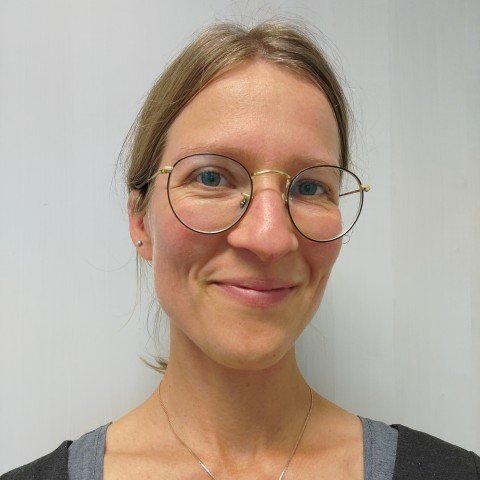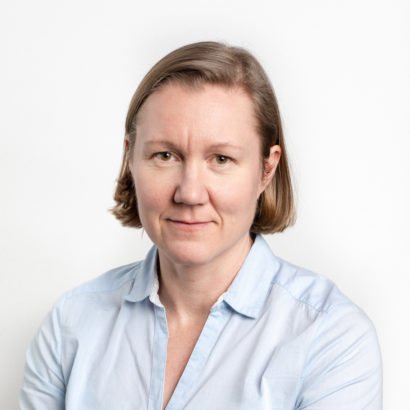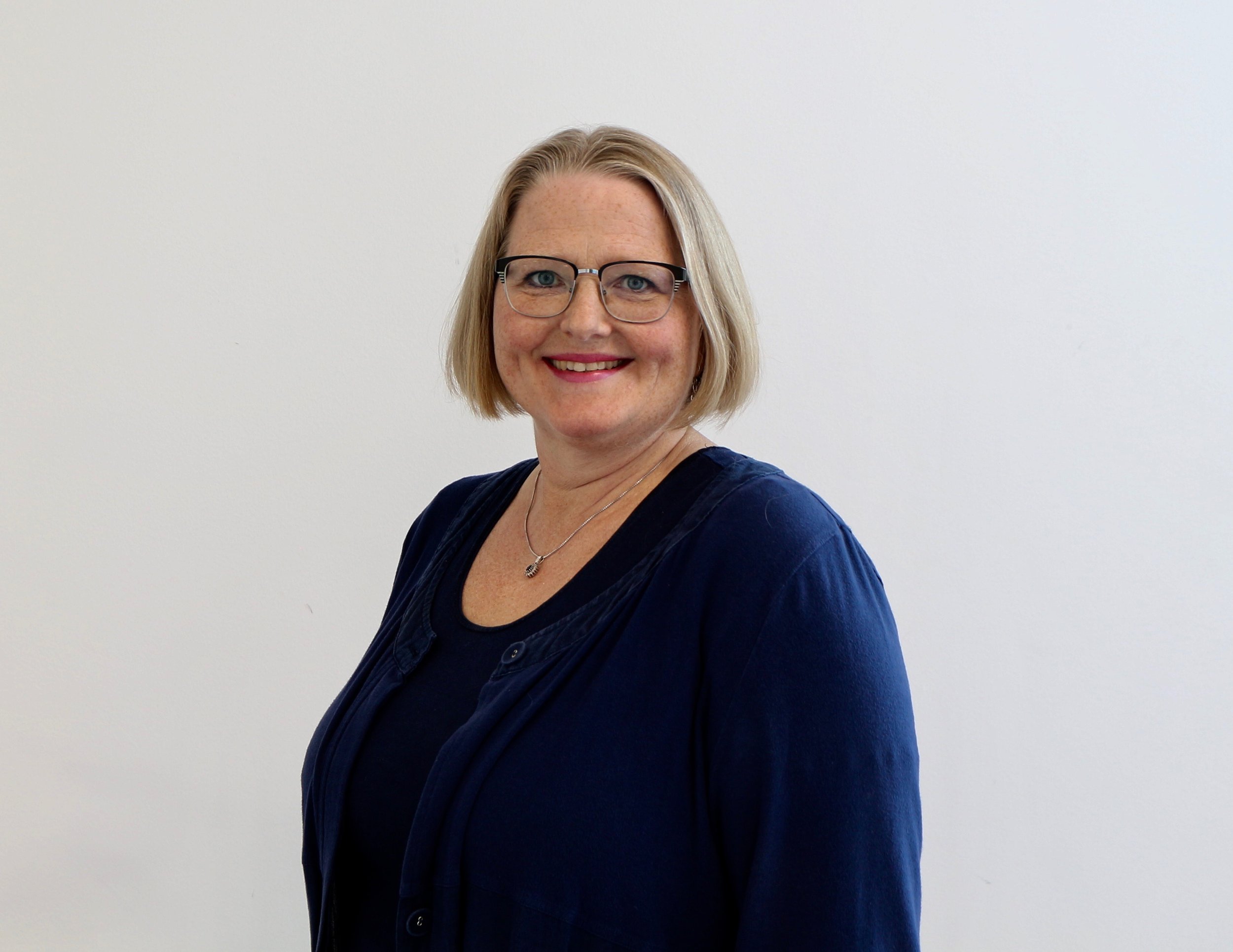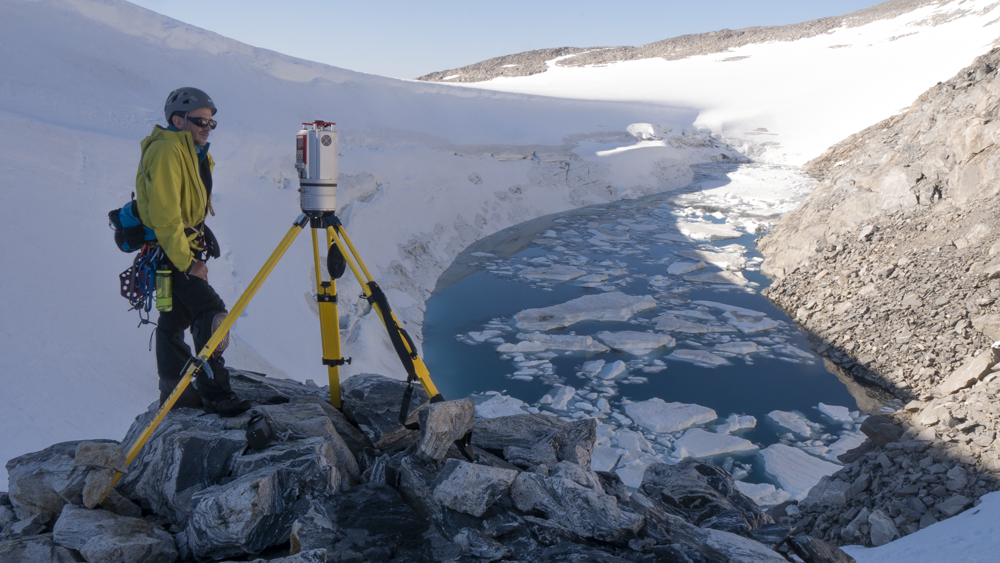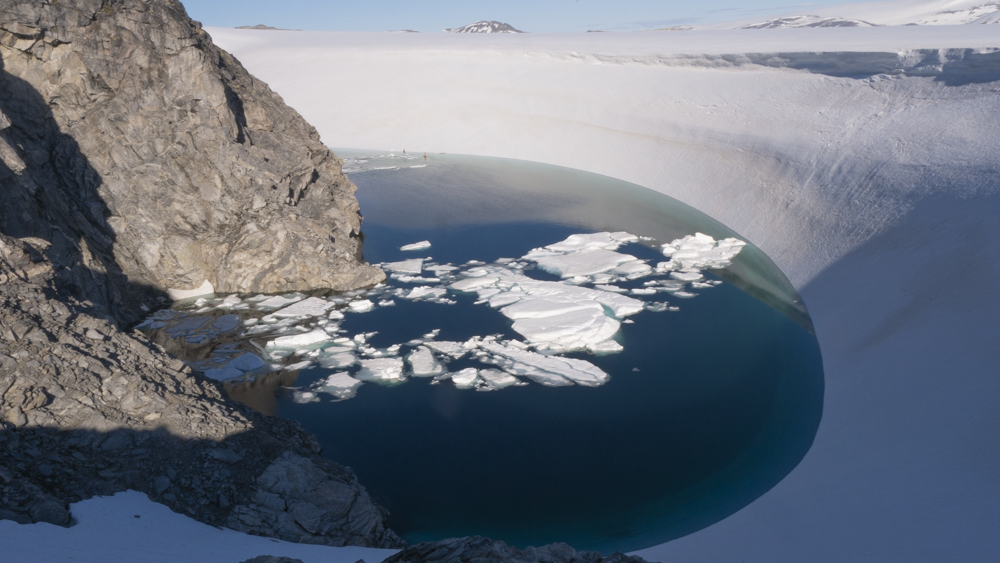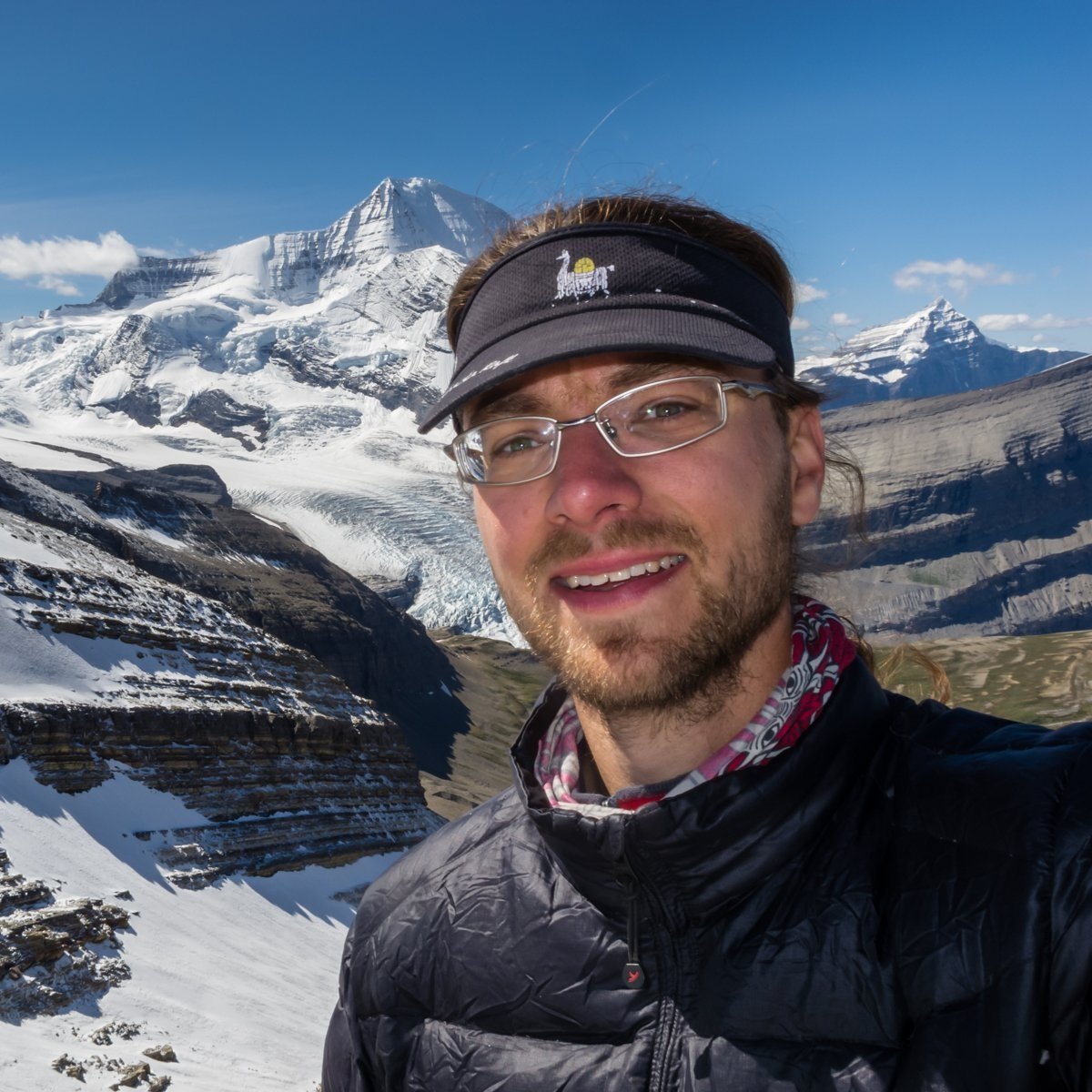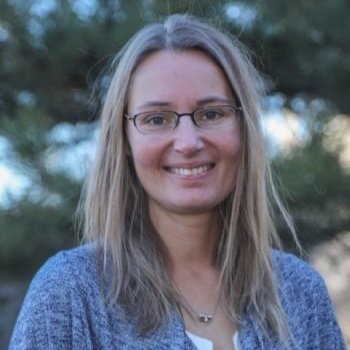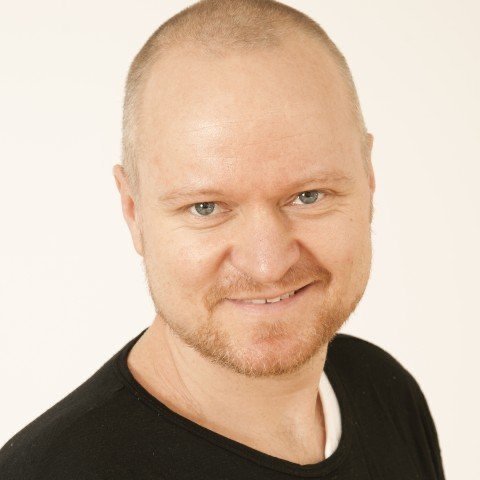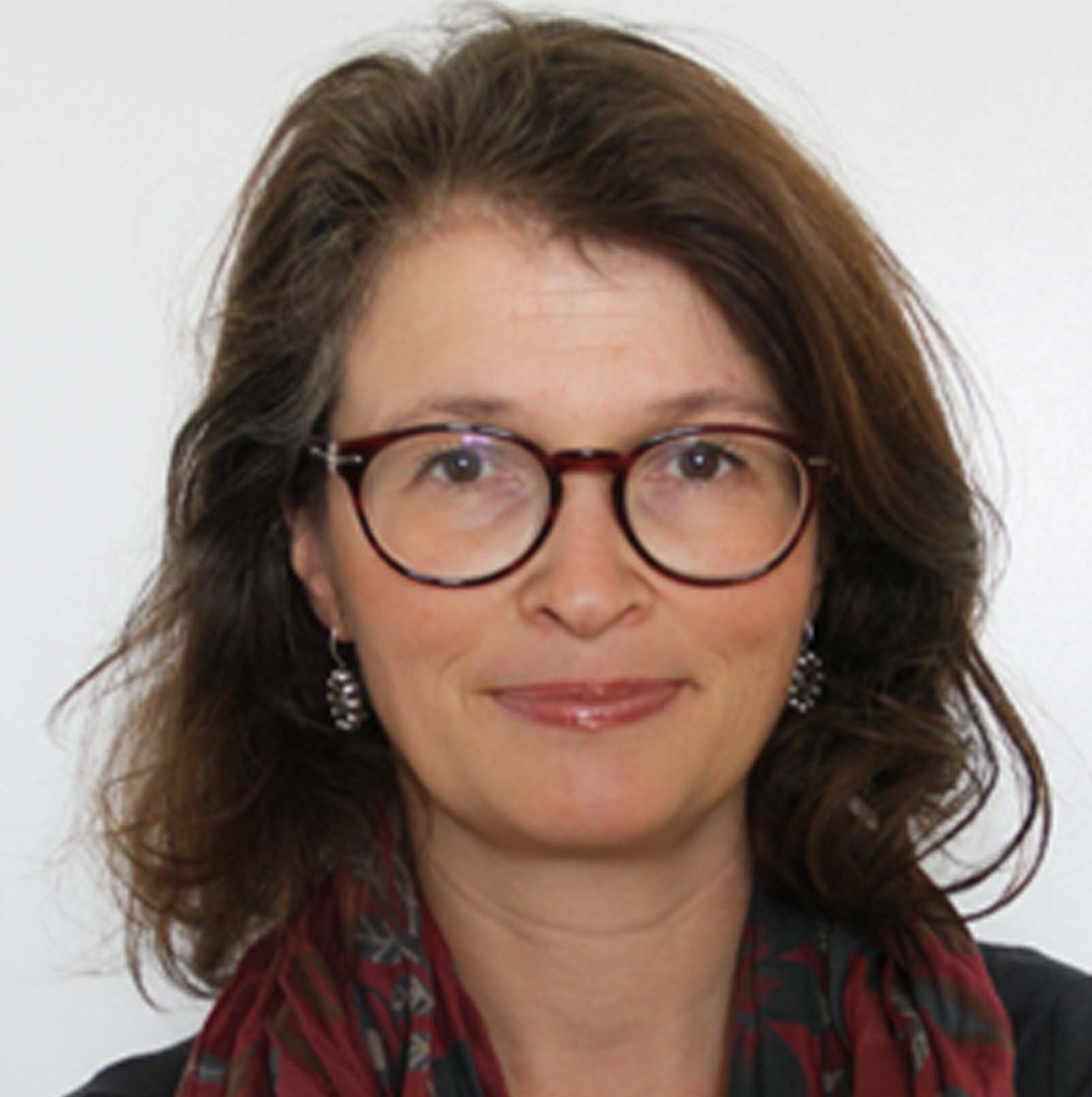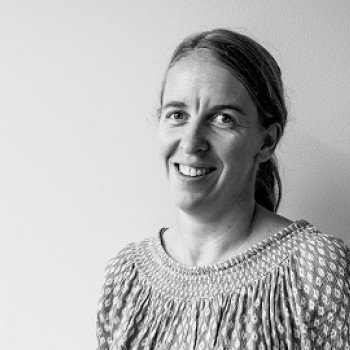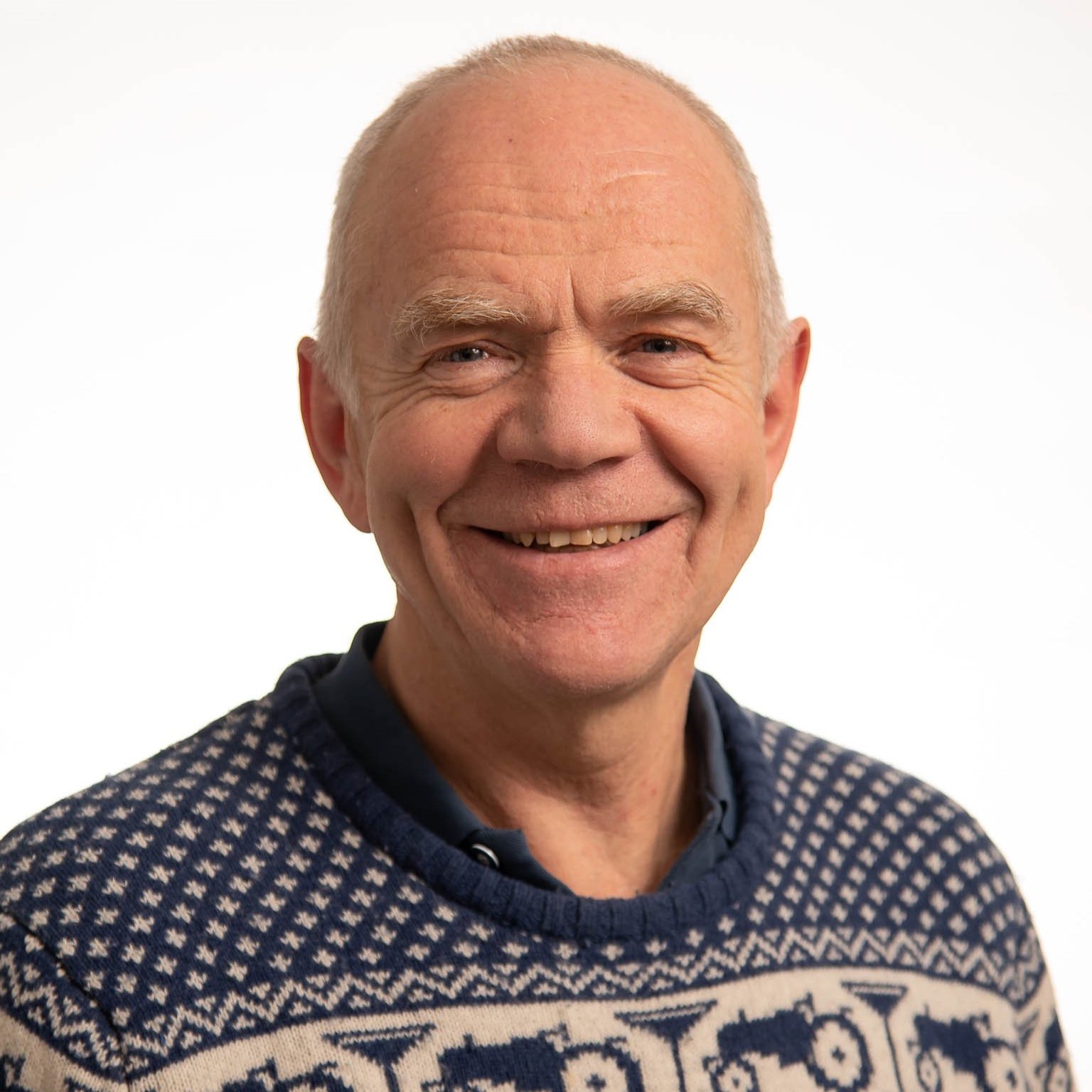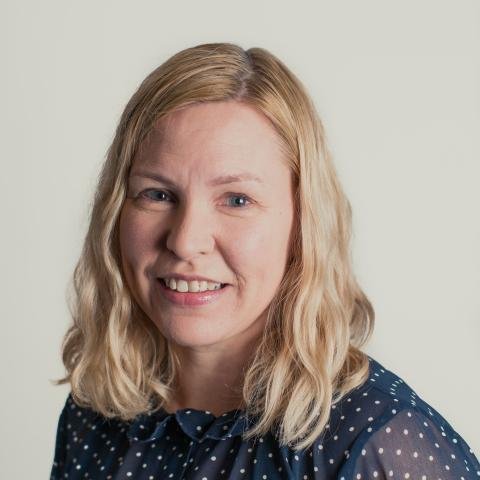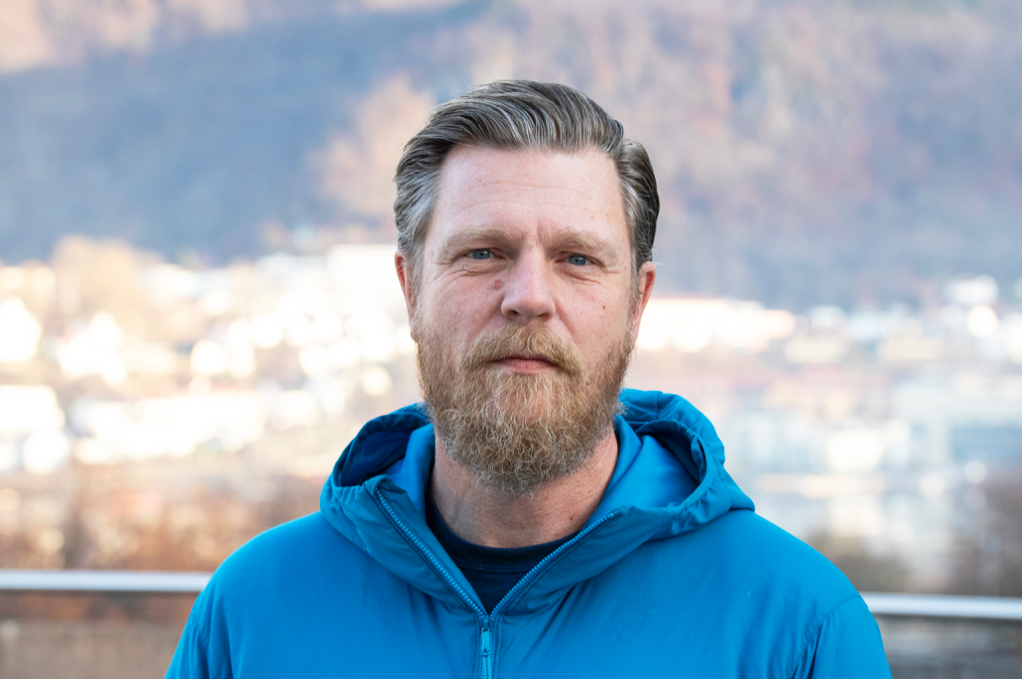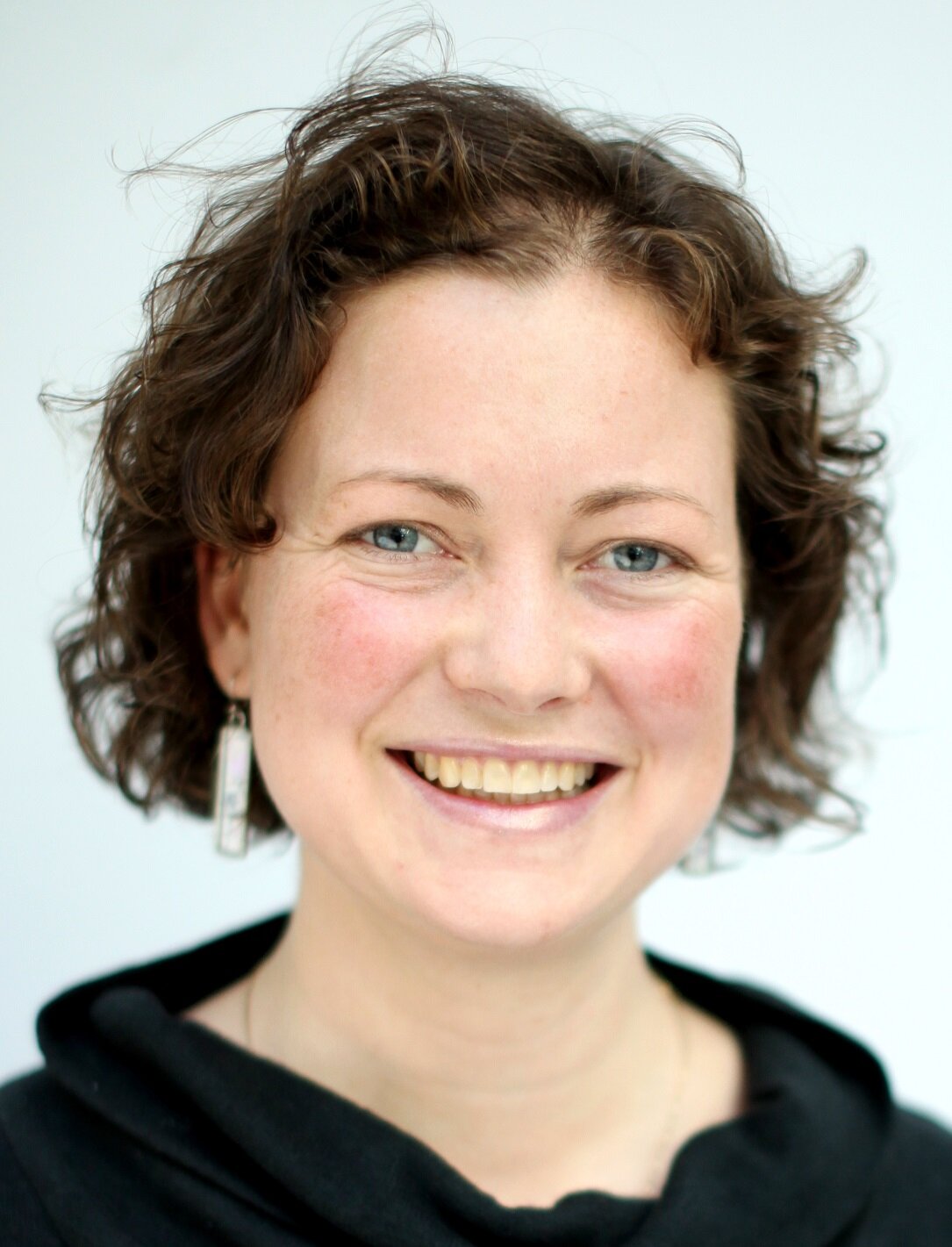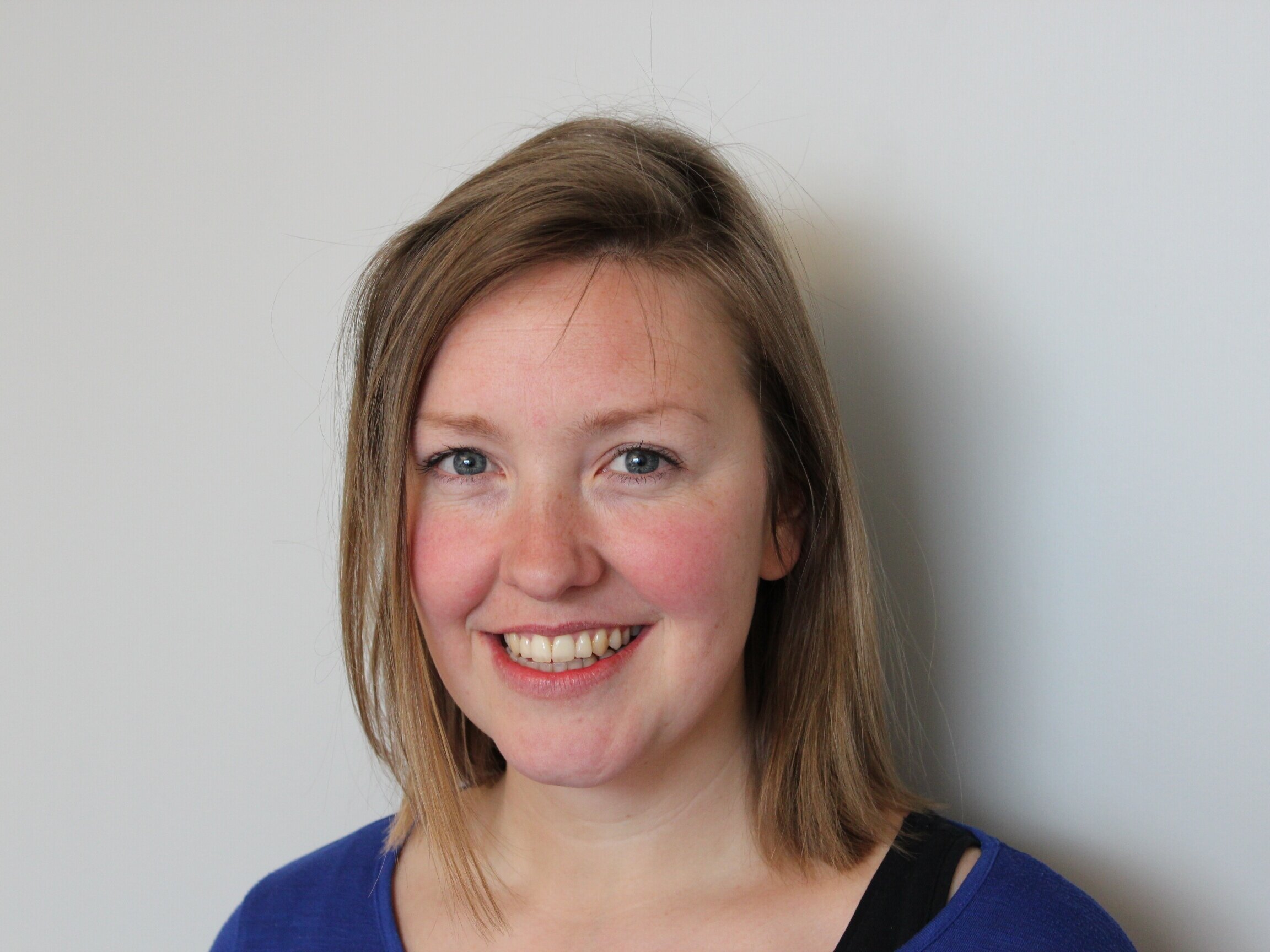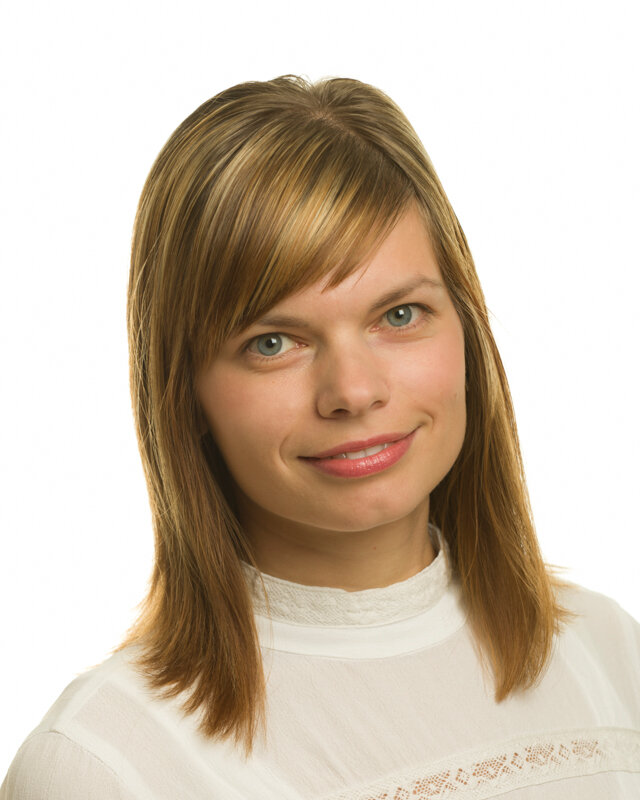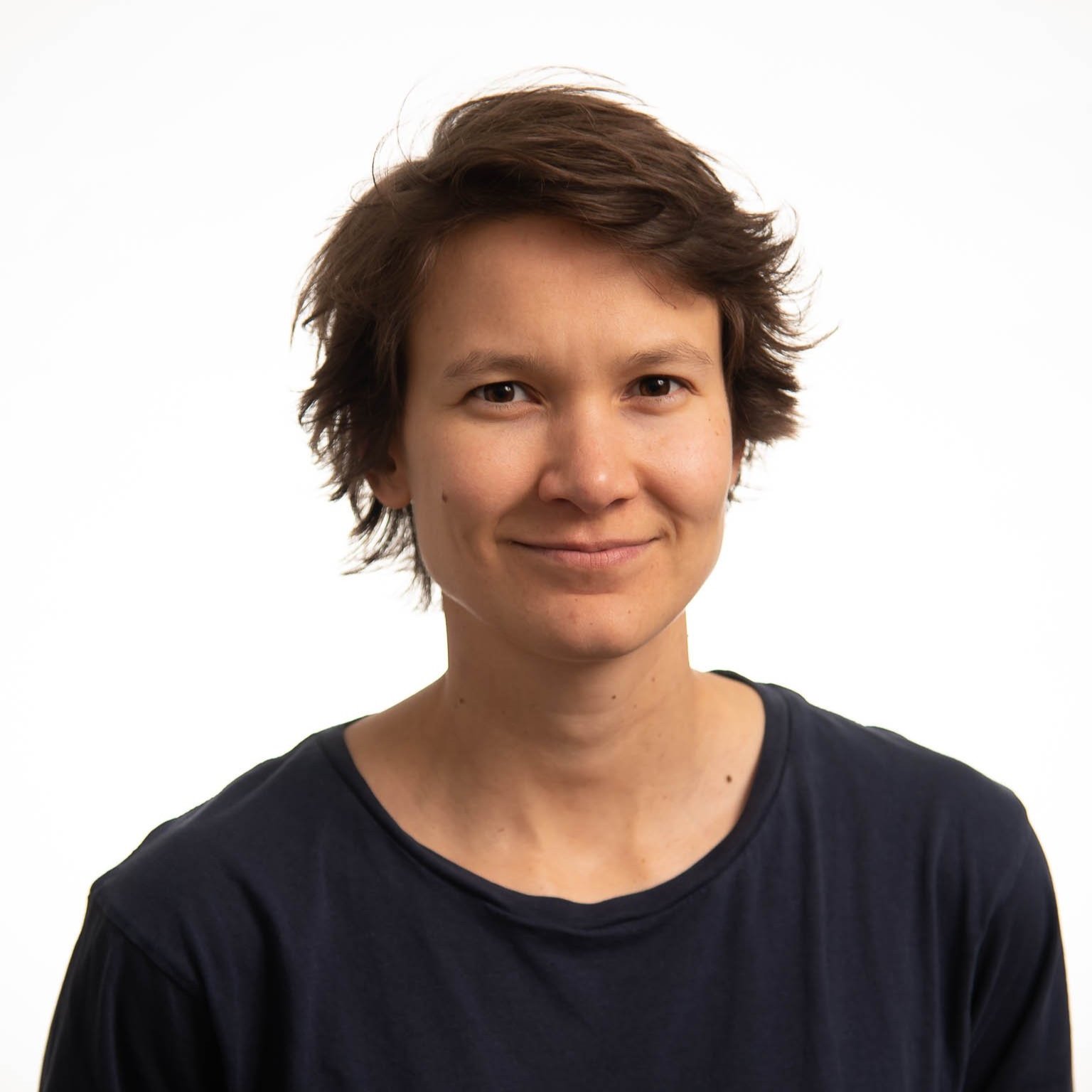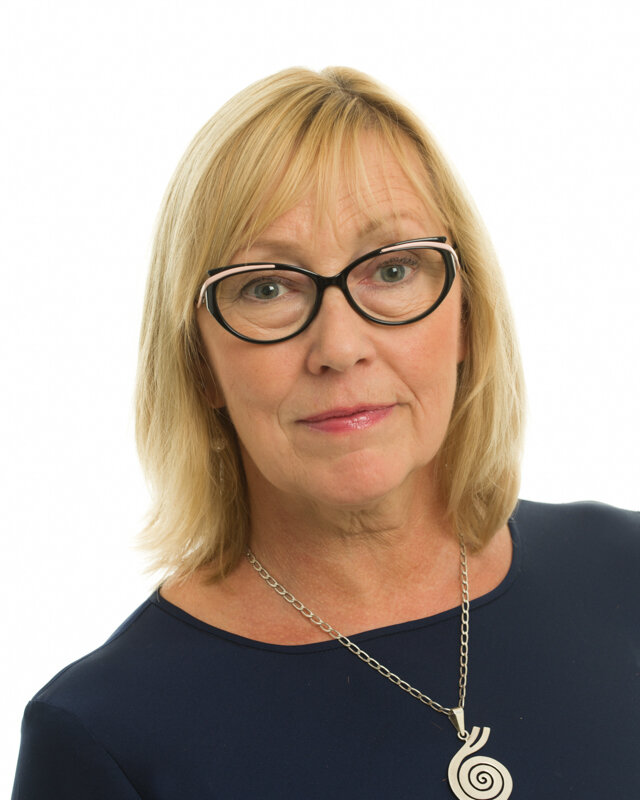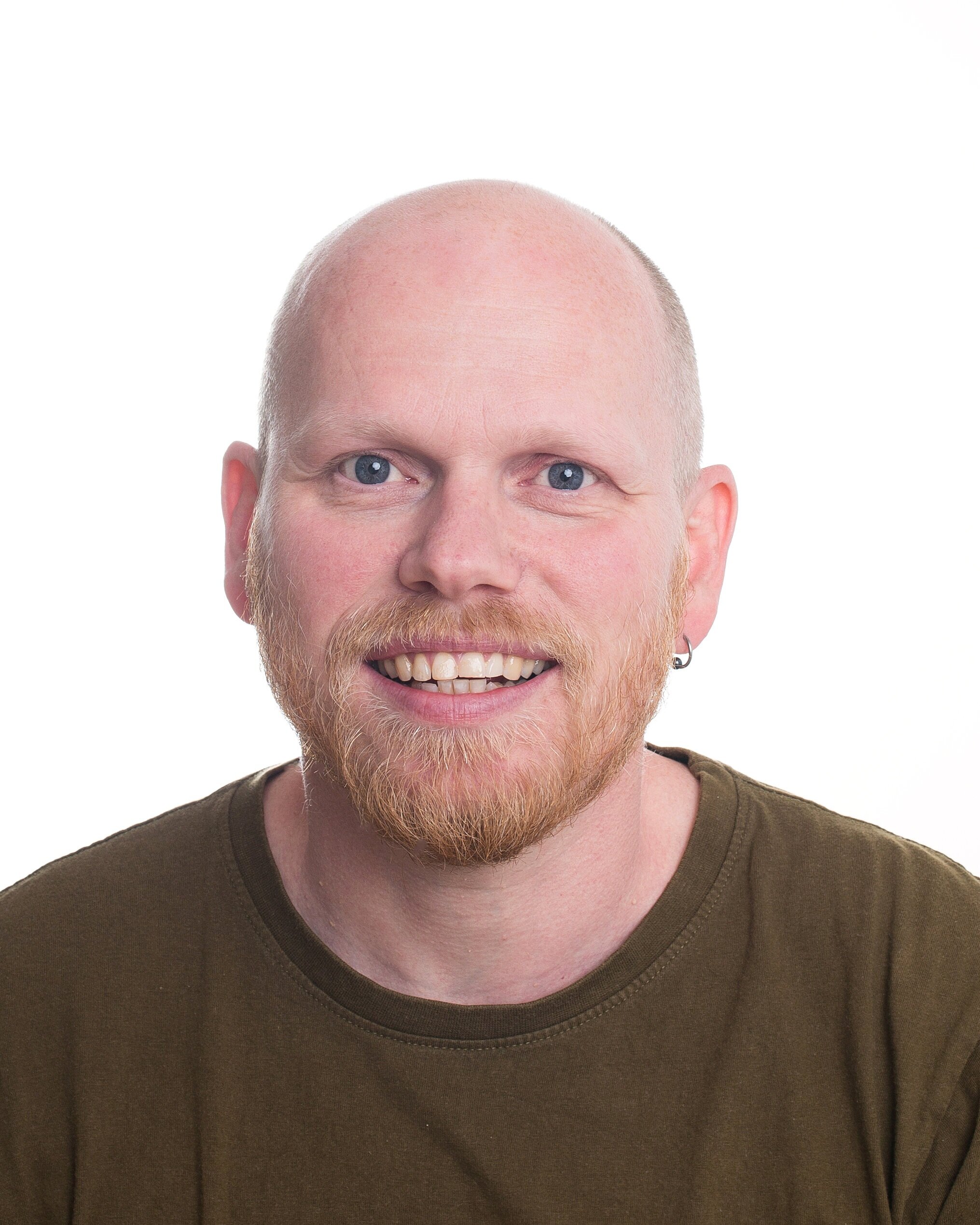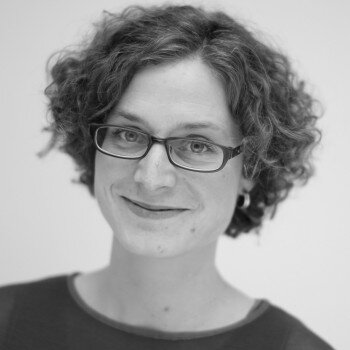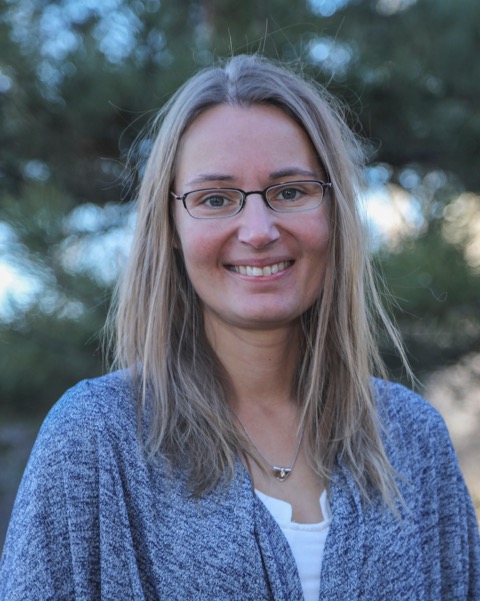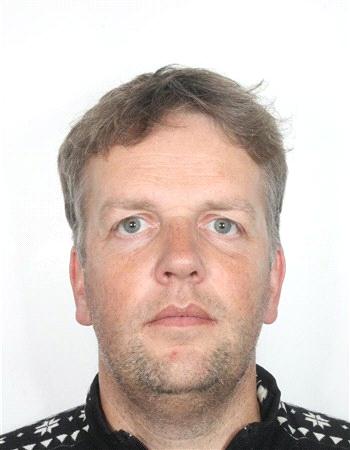That climate adaptation is a task that affects all parts of society is a recognition that is becoming increasingly relevant. The consequences of climate change place guidelines on planning, construction and maintenance, but it also affects how we live and how we can run businesses in the future. The Norwegian Environment Agency points out that everyone in society has a responsibility to contribute to solving the climate adaptation task: «the individual, households, private companies and authorities». Klimamonitor takes this recognition seriously.
Large-scale data collection
A preliminary project has brought together previous research outlining the main features of a large-scale data collection in three main parts of society: households and individuals, private business and public administration.
Main topics of the survey:
Society's knowledge of and attitudes towards climate vulnerability
Society's work on climate adaptation
How society's work with climate adaptation is in relation to the goal of sustainable development
In 2021, the preliminary project has turned into the main project. An important goal for this main project is that the data collection should be well coordinated with, and broadly anchored with, other research and management actors who have an interest in research on climate adaptation in Norway. An important part of the preliminary project has therefore been to clarify plans, expectations and needs of others.
In the pilot project, pilot surveys were also carried out in many parts of society with different methods and procedures.
Public administration
Public administration is the part of society that, naturally enough, is best studied. Here we establish the status of knowledge by analyzing 13 previous population surveys of Norwegian municipalities, given in the period 2007-2019. We are also conducting a survey of County Councils and County Governors that map the division of roles and the understanding of roles between them.
Establishment of surveys in the municipalities and at directorate and agency level has also been discussed.
Private business
While some parts of society (and especially parts of the public administration) are well covered in the research literature, there are other parts that we do not have as good an understanding of. The private business sector and households are examples of this. In Norway, as well as internationally, the literature on private business is primarily about primary industries, tourism and finance.
In order to expand the understanding of the adaptation efforts in the private business sector, a pilot study has been carried out with consultants in collaboration with the Consulting Engineers’ Association. The survey shows, among other things, that the private business sector is less good than all parts of the administration, both in terms of initiative and knowledge related to climate adaptation.
Household and individual
This part of society is what we know by far the least about.
A review of international literature nevertheless shows that there are a number of dimensions of individual attitudes and power of action that are very useful to examine in a Norwegian context.
The pilot survey takes the form of a participation in UiB's Norwegian Citizen Panel.
Read the report from the preliminary project here



